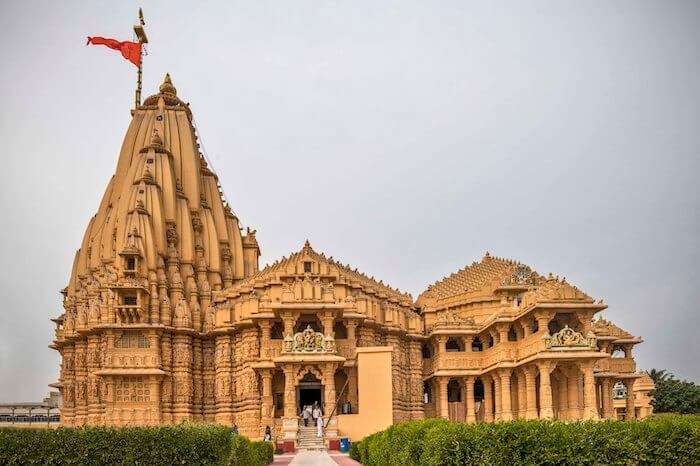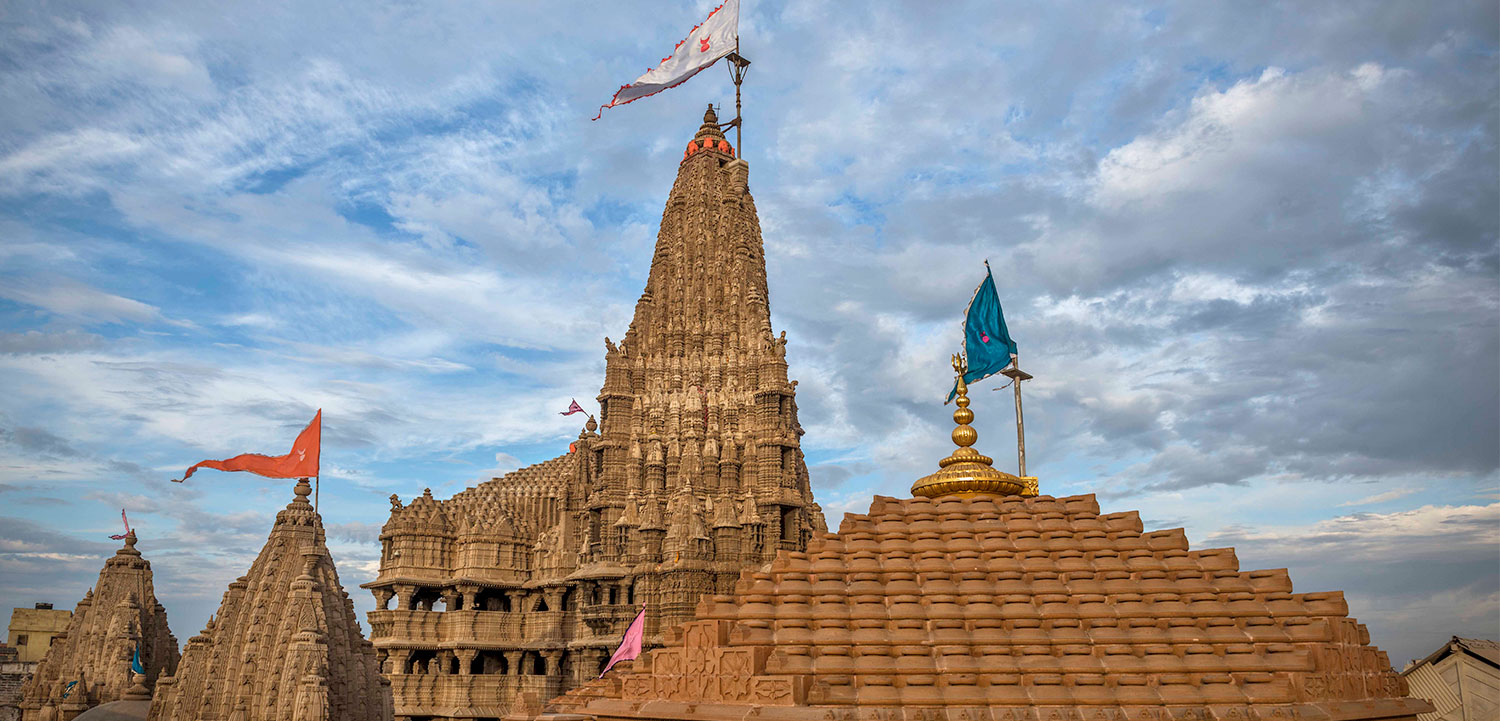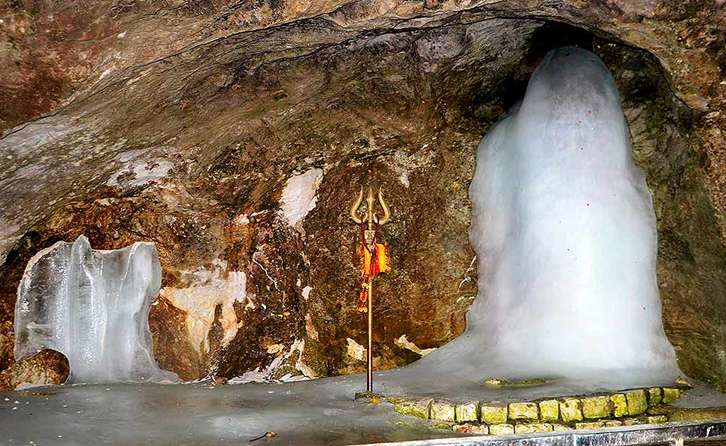There are several famous Hindu temples of North India. The Vaishno Devi Temple is among them. Located over 5000 meters above sea level, this temple is dedicated to the goddess Mahalakshmi. Its idol depicts the goddess on a tiger and has eight arms, a gesture considered to be an abhaya. The temple attracts millions of visitors every year. If you’re on a budget, you can hire a palanquin to take you to the temple.
The temple complex in Srirangam is dedicated to the sun god Surya and is a UNESCO world heritage site. The intricate iconography and paintings of the temple make it worth the visit. And don’t miss the gilded statue of Bhagwan Swaminarayan at the top of the complex. There is also a boat ride along the Yamuna River, which will take you through the history of the city.
The Jagannath Puri temple, a 12th century temple, is dedicated to Lord Vishnu and is one of the char dhams of Hinduism. You can also go shopping at the temple complex. It also has a museum that showcases ancestral clothes and artefacts. The Meenakshi Temple, also in Madurai, is dedicated to the Goddess Meenakshi, an incarnation of Parvati. This temple is packed with devotees.
1. Shri Sai Baba Temple in Shirdi, Maharashtra

The city is a major pilgrimage center. This temple has various festivals, including the famous Chavadi procession and Ramnavami.
You can reach Shirdi from Mumbai by bus, or by train. There are day and night buses, as well as three overnight trains. It is recommended that you travel in advance, as crowds will be higher during the festive season. If you are traveling on a budget, you can opt for a private taxi. The journey from Mumbai to Shirdi should take about five hours.
The town of Shirdi is home to the most popular saint in modern India, Sai Baba. He spent sixty years in the village, elevating it to the status of a major spiritual center. Sai Baba never left the village, although he visited two villages three miles away from the shrine. During his lifetime, he did not preach or tour and thus remained in the village.
Aarti is the main event at the temple and people start lining up three to four hours in advance. Aarti usually takes about an hour and a half, so make sure to allow yourself enough time to wait in the queue. Aarti is most popular on Thursdays, and is considered the day of Baba. Therefore, it is best to make an appointment beforehand. However, it is important to consider the weather and the crowd before visiting.
2. Somnath Temple – One of the top Hindu Temples of North India

Somnath Temple, also known as Somantha temple or Deo Patan, is a Hindu pilgrimage site located in Prabhas Patan, Veraval, Gujarat, India. It is considered the first of the twelve Jyotirlinga shrines dedicated to Shiva. It is the largest Hindu temple in the world, with over 2 million visitors each year. While visiting Somnath Temple, make sure to take a few moments to meditate and pray to the deity inside.
The Somnath Temple is considered a jyotirlinga, one of the twelve sacred Jyotirlingas. It is believed that the original temple of Somnath was made of gold, while Lord Sun and Ravi cast silver. Then, Shri Krishna, the moon god, built the temple in the Dwapar period, and Maharaja Bhimdev reconstructed it in stone.
The name Somnath comes from the Hindu word for moon, Somnath. It means ‘Lord of the Moon’, and the temple contains a Kund (pool) created by the Devas. Many devotees from all over the world come to Somnath to take a dip in the Kund. They believe that this water will wash away their sins. Somnath Temple is a must-visit destination for those who want to worship Shiva.
The Somnath Temple was built in unknown time, but it has been destroyed at least 17 times. It was founded in the 7th century CE by the Seuna King of Vallabhi. The first Muslim ruler to desecrate it was Mahmud Ghazni. He was desperate to steal the temple’s wealth. After he had looted it, he returned to his country. After the first destruction, it has been re-built three times.
Suggested Tour Packages
- Char Dham Yatra
- Taj Mahal Tour
- Delhi Tour Packages
- Rajasthan Tour Packages
- Varanasi Tour Packages
- Amritsar Tour Packages
- Kashmir Tour Packages
- Golden Triangle Tour Packages
3. Vaishno Devi Temple- Another top Hindu Temples of North India

This is one of the most famous Hindu temples of north India,This temple has also been sighted multiple times by the famous bollywood movies The temple is situated near to the Jammu city. The temple sits atop the high hill. The main cave is only open to a select few pilgrims every day. It’s open to the public only when there are less than ten thousand pilgrims. Once inside, the main cave is believed to be the residence of the body of Lord Bhairo Nath. In fact, the temple is so sacred that it draws eight million pilgrims each year.
After winning Lanka, Lord Rama consulted the goddess Vaishnavi. She had rejected him in the past and did not recognize him as Rama or Vishnu. To remedy the situation, he granted her one more chance. As a result, she received the Kalki Avatar boon during the Kaliyuga. This allowed her to marry Rama in her adult form. The two reunited in a holy union, and Vaishno Devi appeared before them in a dream.
4. Jagannath Temple in Puri
/_DSC0713_Snapseed_Darkroom-819d0b229974460e8141622c4494e2ed.jpg)
The Jagannath temple in Puri is believed to be the city where the Lord Krishna lives it’s one of the most important Hindu temples in the country. This temple honors Krishna in the form of the Hindu god Jagannath. It is located in Odisha, a state on the eastern coast of India.
This temple is unique for a variety of reasons. The temple’s pinnacle, the Sudarshan Chakra, is made from metal and weighs a ton. This hard metal image of the god is raised by human force, and its appearance is the same from all directions. The temple has been revered for over 1,000 years
Another reason to visit the Jagannath temple in Puri is the annual Ratha Yatra. This temple is one of the three sites on the Char Dham, the pilgrimage to the Hindu gods. The festival is a time when the locals celebrate the Lord’s birth and death. The Ratha Yatra, a processional procession, takes place in Puri and is the source of the word ‘Juggernaut.’
The first aarti ceremony is held at the Jagannath temple. The aarti is the most sacred part of the temple, and the first one happens at sunrise. There are 120 smaller temples within the temple. Despite its huge size, the Jagannath temple is not as popular as other temples. The temple is open from early morning to late at night, and is most beautiful at night when the lamps are lit.
5. Kashi Vishwanath Temple – One of the top Hindu Temples of North India

The Kashi Vishwanath Temple is a famous Hindu temple dedicated to Lord Shiva. Kashi Vishwanath is the best Hindu temples of North India. It is located in Varanasi, Uttar Pradesh, on the western bank of the holy river Ganga. It is one of the twelve Jyotirlingas or ‘Sacred Places of Worship’ in the world. There are several reasons to visit this temple, but let’s take a closer look at some of them.
The main sanctum of the Kashi Vishwanath temple is well decorated and houses the lingam of Lord Vishwanath facing the northeast. The main sanctum was built following a Shree yantra, and the Goddess Parvati is said to be present in the linga on the left side. The temple is classified as a Shakti Peeth, and its four gates are Shanti, Kala, Pratistha, and Nrivyitti.
The sanctum of the Kashi Vishwanath temple is open daily from 2:30 AM to 11 PM. After 9 PM, visitors are permitted to view the Lord from outside the sanctum. During this time, the temple performs various rituals. You can join morning and evening aartis to pay your respects to the Lord. However, if you have a small family or a small group of Hindus, you’ll probably want to plan your visit accordingly.
One of the most notable features of the Kashi Vishwanath temple is the spire on top. It was donated by Maharaja Ranjit Singh, who ruled the Punjab province. Another noteworthy feature of the temple is an ancient well, known as the Gyana Vapi, which means ‘well of wisdom’. Inside the spire, the idol of Lord Vishwanath is hidden. This spire, which stands 51 feet tall, is covered in gold.
Suggested Tour Itineraries
- Varanasi Spiritual Tour
- Kashi Tour from Hyderabad
- 3 Days Varanasi Religious Tour
- Golden Triangle Tour with Varanasi
- Golden Triangle Tour with Oberoi Hotes
- Golden Triangle Tour with Khajuraho and Varanasi
- Golden Triangle Tour with Aurangabad and Mumbai
- Golden Triangle Tour with Buddhist Pilgrimage and Khajuraho
6. Dwarka Temple Gujarat

The Dwarkadhish temple,also called the Jagat Mandir, is dedicated to the Hindu god Krishna. In Hindu mythology, Krishna is known as the Dwarkadhish. Located in Dwarka, Gujarat, this temple is considered one of the most important Hindu temples in the world.
Its beautiful architecture and magnificent interiors make it a must-see attraction for tourists. Despite being located in Gujarat, the Dwarka temple has been damaged and rebuilt several times. The original city of Dwarka is under the sea, but a new city has been constructed on its place. This is the best time to visit the temple! If you want to get the most out of your trip to Dwarka, then the best time to visit is during the winter months, between October and February.
The main temple in Dwarka, the Jagat Mandir, is a site of great reverence for followers of Sanatan Dharma. Its architecture resembles a spire that appears to rise from the Arabian Sea. The shrine is built on a small hill, and devotees must climb 50 steps to reach it. Inside, there is a five-storey building containing the idol of Lord Krishna. The walls are heavily sculpted, and there are countless smaller shrines.
This Hindu shrine is considered one of the seven Char Dhams. It is a city of many temples, but the most important one is the Dwarkadhish Temple, dedicated to the Hindu god Krishna. The temple is located in the location where Lord Krishna walked centuries ago. A visit to this temple will help you achieve moksha or salvation.
7. Krishna Janam Bhoomi Temple Mathura

The Krishna Janam Bhoomi Temple Mathura is part of the complex of Hindu temples in Mathura, Uttar Pradesh. This is one of the best Hindi temples of North India. It is built on the site where the Hindu deity Krishna was born. The complex is located next to an Eidgah mosque, which was built by Aurangzeb.
The main temple building was constructed over the birthplace of Lord Krishna, where thousands of devotees gathered to worship the god. The temple is considered to be one of the holiest Hindu places in India and is visited by many Hindu families both in India and abroad. Thousands of devotees flock to this temple on the birth of the god. It is also one of the oldest Hindu temples in the world, and is home to Maharana Prabhu Dev’s idol.
There are various ways to reach Mathura from all parts of the country. The nearest airport is in Agra and is approximately 65 km away from Mathura. There are also trains running from many major cities in India. The train station in Mathura makes it easy to get around the city and the Krishna Janam Bhoomi Temple. Besides, it is connected to major cities like Delhi and Kanpur by the Uttar Pradesh State Road Transport Corporation.
8. Ayodhya Ram Janma Bhoomi Temple

Ayodhya is a town in Uttar Pradesh, India, where the Ram Mandir is under construction and it is one of the top Hindu temples of North India. The temple is being built on the site where the Ramayana tells us that he was born. Rama is the principle Hindu deity, and the temple is being constructed by the Shri Ram Janmabhoomi Teerth Kshetra.
While it’s possible to visit the Ram Temple without a permit, many religious and political differences have been resolved through the years. Those who visit the temple are often faced with bitter debates and communal violence, but armed guards will make sure all visitors stay safe. Visitors are asked not to bring any weapons or suspicious articles with them. There may also be security issues around some shrines.
The temple’s area will increase from the current 70 acres to as much as 100 acres. This will also include a cattle shed, a room for priests, and a museum. It is also anticipated that the temple will be three-stories, compared to the original 37,590 square feet. This is a significant change compared to the original proposal of 37,590 square feet.
Despite these challenges, the Ayodhya Ram Janma Bhoomi Temple is a major landmark for the city of Ayodhya. The temple’s construction began in 1757 and will continue until the Ram temple is completed. The Ram Temple Trust is also employing modern surveillance and security tools to ensure the temple remains safe. There are three phases of construction currently.
9. Amarnath Cave Temple Kashmir

Lord Shiva, the creator of the universe, came to Amarnath Cave with his wife Parvati. They entered the cave on a Deer Skin. Lord Shiva was seated there when he took samaadhi. During the process, he created the Rudra Kal-Agni, which is known as the fire of death. The Rudra was ordered by Lord Shiva to burn everything that was inside the cave.
The pilgrimage yatra is held here between July and August. The iced stalactite Shiv Linga is 40 metres high and 130 feet wide. Tourist Attractions include the Shri Amarnath Cave Temple, Snow Caped Mountains, Glaciers, and the Sheshnag Lake. Lidder and Sind Rivers are two rivers that flow in the region. The journey from the cave to the temple is usually done during the full moon.
In the middle ages, this site was almost forgotten. It was only in the 15th century that the cave was discovered again. A shepherd returned to the holy man’s cave and found the lingam. After being blessed by the lingam, the cave became a major Hindu pilgrimage site. And now, a pilgrimage to this cave is a must for any Shiva devotee. So, the Amarnath cave was born.
At a height of three thousand and eight hundred meters above sea level, the Amarnath Cave is home to an ice stalagmite resembling the Shiva Linga. The Lingam rises and falls with the moon, according to Hindu tradition. In Hindu mythology, the cave was where Shiva explained the meaning of life to his wife Parvati. The Amarnath Cave is located 141 km from Srinagar.

